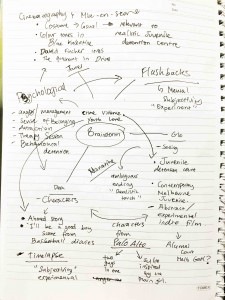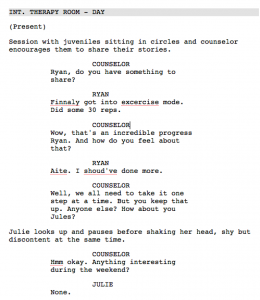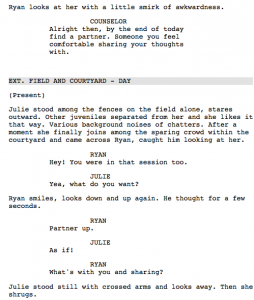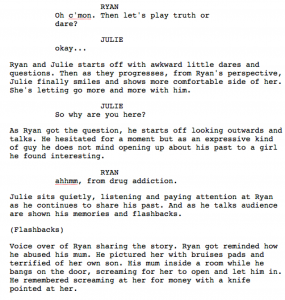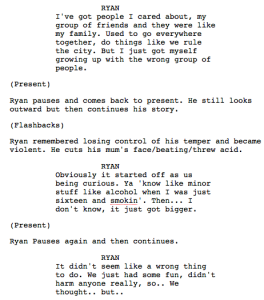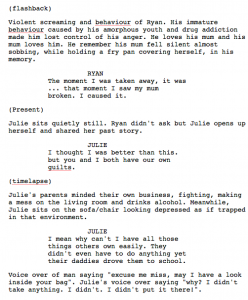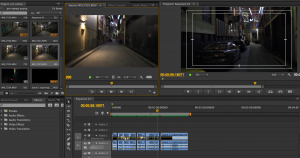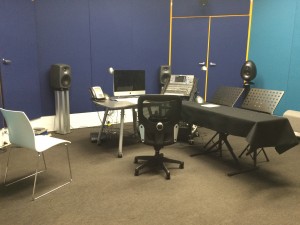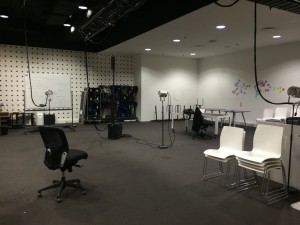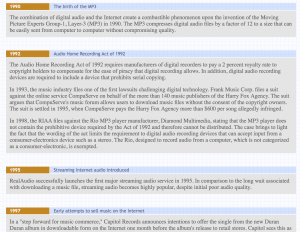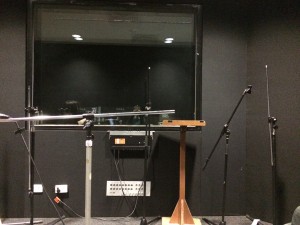As Newman had mentioned, Indie films are more offbeat or personal or character-driven than Hollywood vibes (2011). I wanted to create this aura of a more character-focused narrative and their realistic experiences. Additionally, Indie films generally lacks generic framework, which again supports our vision and goal to generate an unexplained or ambiguous, realistic ending rather than the typical Hollywood happy-ending constructed narratives. So these main questions to think about now is crucial into our story development about drug uses and psychology of human being within contemporary juvenile detention centre.
What triggers Ryan’s anger toward the ending of the short film?
How did Julie calm him down?
Why is it that only Julie the one who can make Ryan calm and better in progress?
Before we answer these main questions, I would do a research about the psychology of drugs and alcohol relations with anger, aggression and violence. This research is for the purpose of our character, Ryan who still suffers anger management and emotional distress, while Dea takes upon a research about anxiety for our character, Julie. Ryan as we understood is a complex, expressive character who has some anger management problems. We thought it would be a great idea to reason his personalities and actions based on his pasts and drug/alcohol use.
Aggression (n): Any form of behaviour directed toward the goal of harming or injuring another living being who is motivated to avoid such treatment (Barron & Richardson, 1994).
Violence (n): Aggression involving physical harm or injury occurring between two or more human beings in the human literature (Pihl & Hoaken, 1997).
In our narrative, we have concluded that he had abused his mum out of need for his own selfish reasons. He wanted someone else’s money, for his own use of drugs and when he cannot receive what he needed, he gets angry. He hit his mum, physically and mentally harming her in which she is motivated to avoid his treatment. Therefore, we can say that Ryan is aggressive. But how his violent actions relate to his use of drug and alcohol is explored in a deeper psychological research that will aid us in constructing the short film’s narrative.
Does Ryan suffer an addiction to drugs? We chose a path where he was addicted and therefore in need of therapy within the detention centre. He also did consume a great amount of alcohol but coming from a low-income family, he mostly got the source from his old group of friends. According to Murdoch, Pihl, and Ross, individuals who are under the influence of alcohol will act aggressively (1990). These experts have also conducted a study in which offenders who had convicted a violent crime had been consuming alcohol shortly before. I was also thinking that if Ryan has a drug addiction which can lead to his anger management, what kind of drug can lead to such causes? Apparently, benzodiazepines has some links to increased anger and aggression (Dietch & Jennings, 1988). Like alcohol, the drug also affects the anxiety system. It also suggests an increased amount of violence much more than alcohol. These researches and findings allows me to provide a solid grounding into constructing the actions and behaviours as well as the identity of our characters portrayed in our film.
Taking these findings and inspirations into account, we are trying to explain the character’s motivation into his anger towards the end of the short film and embody a tint of Indie film characteristics. According to Newman, as Indie cinema is a genre constructed within its cultural discourse and concerns fairly ordinary people in recognisable places and situations (2011). He further explained that characters within Indie cinema experience realistic human everyday life, in which their world follows the same rules as we in real life experience.
Therefore to answer our main questions, Ryan lets go of his emotion after opening up to Julie due to his guilts regarding his abuse towards his mother. He remembered his mother getting hurt and he knows he caused it despite not having able to control his drug/alcohol-triggered violence. He is angry of himself and shameful, but as he is able to find someone who he can really express his true experiences and crimes, Julie acts as a catalyst and allows him to put himself back to his pasts and incidents. By this he is reminded of his past and thus, lost control of himself once again. This is what has triggered him to his disturbances and emotional breakdown towards the end of the narrative.
viewers encouraged to see these independent films as more socially engaged and formally experimental than Hollywood.

